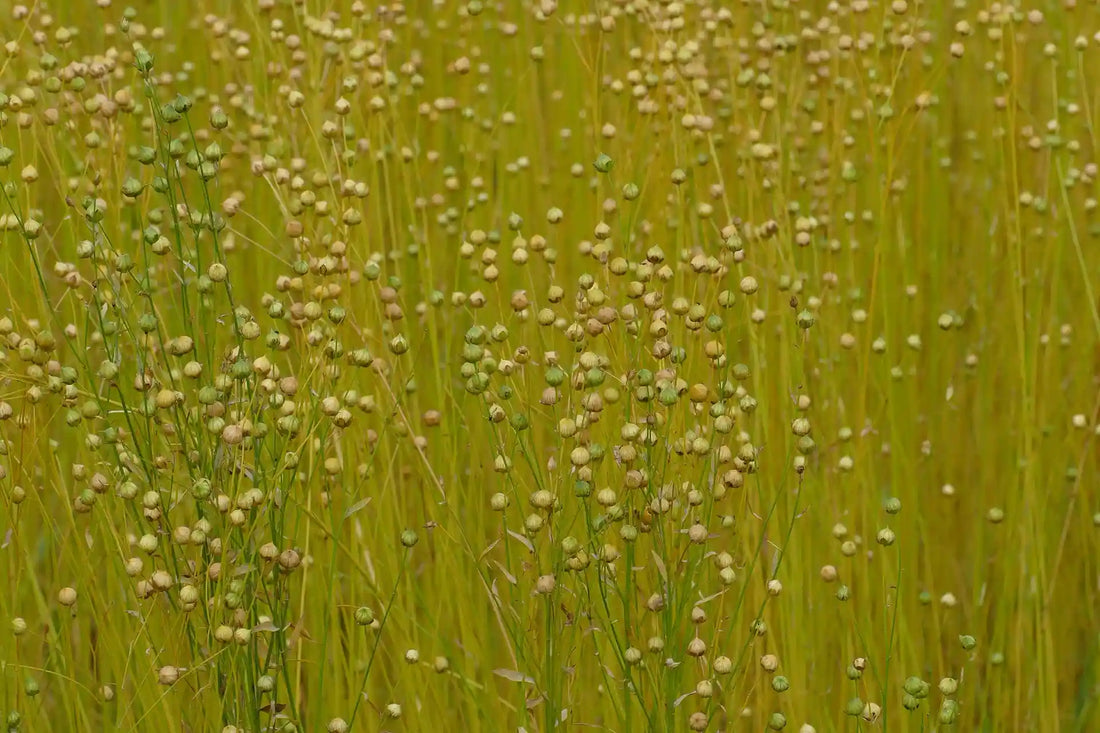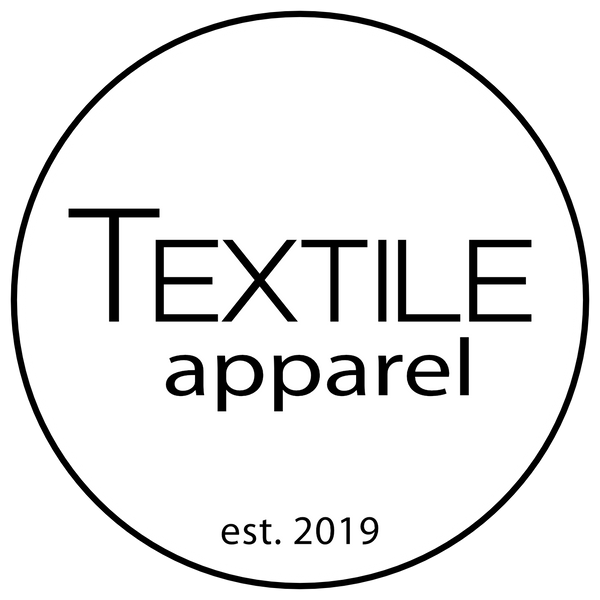
All About Linen - is it Right for Your Wardrobe?
Share
Linen is an incredible natural fabric / fibre with a rich history.
First up, I’m sure you already know that linen is a natural fabric. But what is it actually made from? Flax.

Yes, the flax that you find in a great loaf of bread or a dietary supplement because it’s high in Omega-3 fatty acids.
Except it’s not the seeds, but the grass itself that is used.
It’s grown and harvested, then soaked in water in a process called rhetting. After the grass has been softened by rhetting, it’s spread out and dried before the it’s mechanically processed. This process of beating, crimping and combing removes the outer straw from the fibre and breaks down the fibre of the linen so it is thinner, softer and more flexible. Finally, it’s spun into yarn and from there can be woven into fabric.
Over the centuries this process has gone from being done by hand, to one that is highly mechanized.
As you can imagine, linen has been around for a long time - more than 30,000 years.
It’s also been called linen for thousands of years with the Greek word for the flax plant being linon. [λινόν (linón)]. Linen was a wardrobe staple for ancient Egyptians because of it’s ability to keep the wearer cool.
Watch the full video here:
Traditionally linen was manufactured primarily in Europe, however, in more recent years, China has become the top exporter of linen fabric in the world. Europe is generally regarded as having smaller batch, higher quality linen manufacturing.
There are many different types of linen fabrics and dozens of uses from clothing to bed sheets and towels and even oil painting canvas. But for today, let’s focus on linen for clothing.
So what makes linen great?
Without sharing too much bias, linen is definitely one of my favourite fabrics and there are a number of reasons.
Linen is stronger than cotton because it has longer strands or “staple length”.
Linen is hypoallergenic, lint-free, and naturally resists dirts and stains.
The fibres of linen are hollow and lightweight, meaning it dries faster than cotton, wicking moisture away from your body.
Interestingly and rather uniquely- it also feels cool to the touch because it’s slightly conductive.
Next, linen fabric has an casual imperfect, organic look.

Finally, while linen isn’t the softest fabric out there, it is one of the rare fabrics that gets better as you wear and wash it by becoming softer without losing its shape.
Linen garments are ones you buy to keep enjoying for years to come.
Linen isn't perfect
Linen is more expensive to manufacture than cotton and most synthetics.
Linen fibres lack elasticity. This makes individual threads more prone to break when being manufactured than other natural fibres such as cotton or wool.
That brings me to the other perceived con of linen - wrinkles. We get asked all the time if a linen garment will wrinkle. Yes, it will.
Because there is little elasticity in linen fabric, it doesn’t bounce back into shape without a bit of humidity and warmth added. By the end of the day, linen will conform to the shape you’ve put it in, if that’s wrinkled sleeves from them being rolled up or a crease in a skirt because of sitting on it, linen definitely wrinkles.
But that brings me to design. Professional fashion designers such Jennifer Glasgow Designs or It Is Well L.A are experts at working with linen and they know its benefits and limitations. It is rare to see a formal piece of clothing made with linen because it WILL wrinkle.
In fashion today, linen offers an intentionally more casual look than other fabrics. It has differentiation in thread and weave thickness, along with those wrinkles. Those are all taken into account when a garment is designed. The wrinkles aren’t considered a flaw for most garments as they help the fabric fit you better. Having said that, if you want to avoid all wrinkles, stay away from 100 per cent linen and consider a blend with cotton - it will respond better to wrinkling.

So let’s review:
Linen is made from flax, but not the seeds, the stalks.
It’s one of humankind’s oldest textiles dating back as long as thirty thousand years.
Linen is great for being durable, hypoallergenic and keeping you cool in summer but it can be more expensive than other fabrics and does tend to wrinkle.
